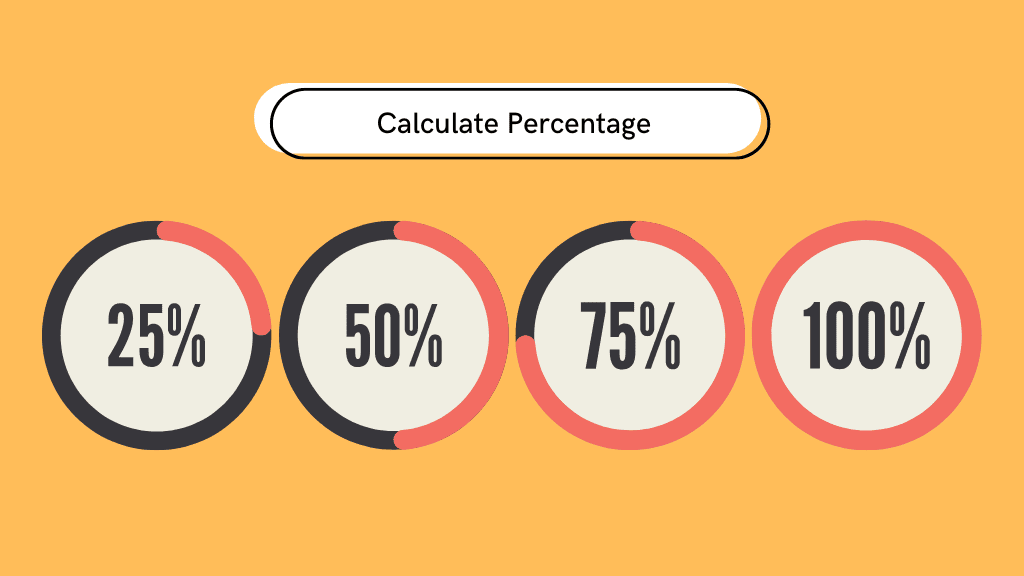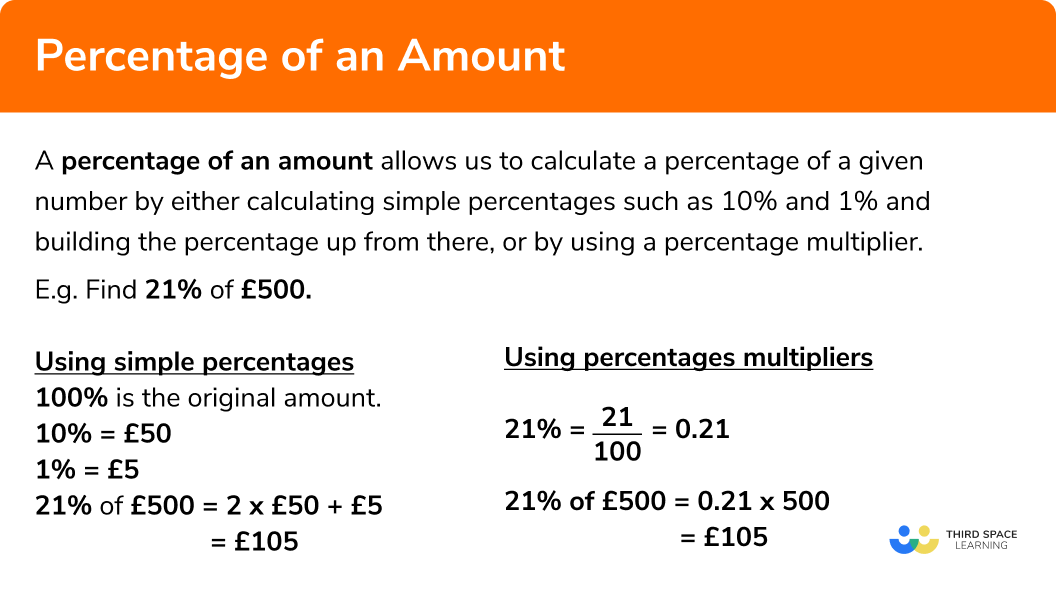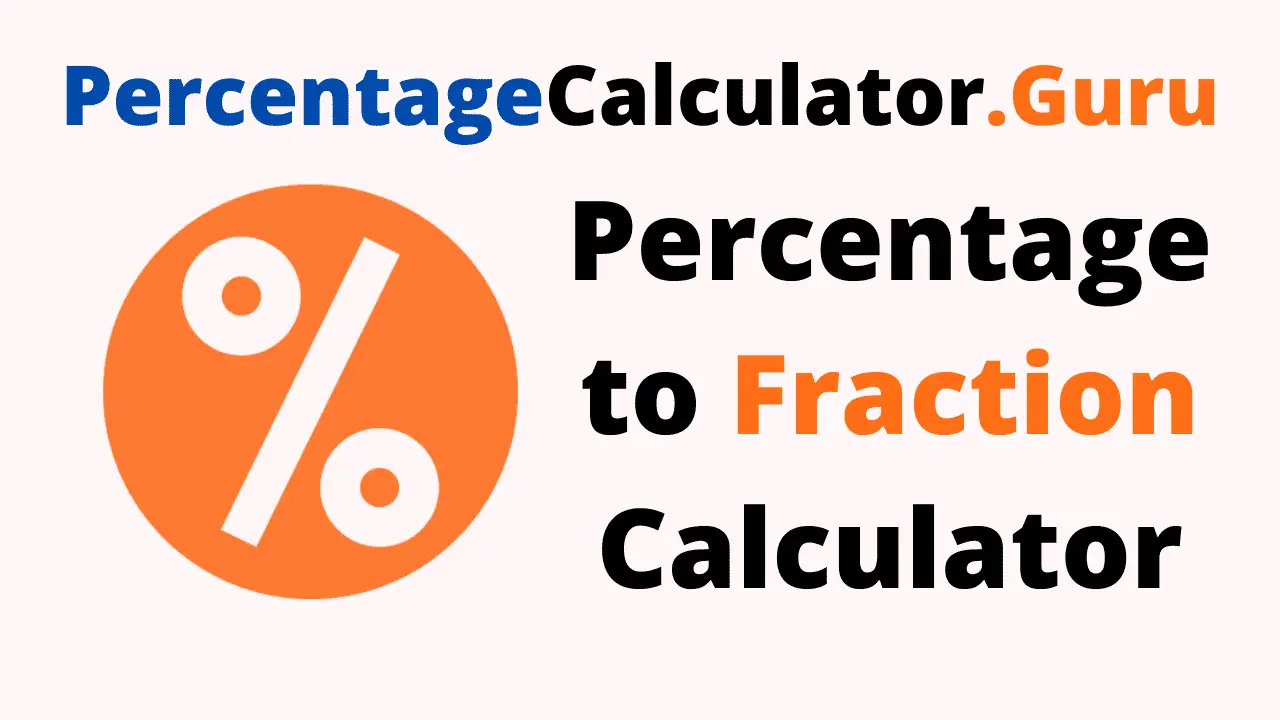
What Percent is 4? Understanding Percentages Made Easy
Introduction: Decoding Percentages
In the realm of mathematics and real-world applications, percentages play a pivotal role. They help us understand proportions, represent part-whole relationships, and analyze data effectively. When someone asks, “What percent is 4?” they are seeking the fraction of a whole that 4 represents. In this article, we will delve deep into the concept of percentages, learn how to calculate them, explore their importance in various fields, and unravel the mystery behind “what percent is 4?”
What is a Percentage?
A percentage is a numerical expression that represents a fraction of 100. It is often denoted by the symbol “%.” When we say something is 20%, it means it represents 20 parts out of 100, or 20/100, which is equivalent to 0.20 as a decimal. Percentages are widely used in various domains, such as finance, statistics, science, and everyday situations.
Understanding Percentages: The Basics
To grasp the concept of percentages, let’s take a closer look at the fundamentals:
1. The Percentage Formula
The percentage formula is a simple yet powerful tool that allows us to calculate percentages effortlessly. It can be stated as follows:
Percentage = (Part / Whole) × 100
In the case of “what percent is 4,” we can use this formula to find the answer. Let’s say 4 is the part and the whole is 100:
Percentage = (4 / 100) × 100 = 4%
So, the answer to “what percent is 4” is 4%.
2. Converting Decimals and Fractions to Percentages
Understanding how to convert decimals and fractions to percentages is essential. To convert a decimal to a percentage, multiply it by 100 and add the percentage symbol. For instance, to convert 0.75 to a percentage:
Percentage = 0.75 × 100 = 75%
To convert a fraction to a percentage, divide the numerator by the denominator, multiply by 100, and add the percentage symbol. For example:
Percentage = (3 / 4) × 100 = 75%
3. Calculating Percent Increase and Decrease
Percentages also help us determine the increase or decrease in values. The formulas for calculating percent increase and percent decrease are as follows:
Percent Increase = [(New Value – Old Value) / Old Value] × 100
Percent Decrease = [(Old Value – New Value) / Old Value] × 100
These calculations are frequently used in sales, economics, and data analysis.
Applications of Percentages in Real Life
Percentages have numerous applications across various disciplines, impacting our daily lives in more ways than we realize. Let’s explore some practical uses of percentages:

1. Finance and Investments
In finance, percentages are vital for understanding interest rates, returns on investments, and loan calculations. Whether you’re considering a mortgage, planning for retirement, or assessing stock market gains, percentages come into play.
2. Statistics and Data Analysis
Statisticians and data analysts often use percentages to present data in a more accessible format. Pie charts, bar graphs, and line charts frequently represent percentages to provide a clearer picture of trends and patterns.
3. Discounts and Sales
In the retail world, percentages are synonymous with discounts. Whether it’s a seasonal sale or a promotional offer, knowing the percentage off the original price helps consumers make informed purchasing decisions.
4. Health and Nutrition
Percentages are instrumental in understanding nutritional information on food labels. From the percentage of daily recommended intake to macronutrient breakdowns, percentages guide individuals in making healthy choices.
The Significance of “What Percent is 4?”
Now that we understand percentages, let’s revisit the question “What percent is 4?” This seemingly simple question holds more significance than it appears. Understanding what percent 4 represents is crucial in various scenarios:
1. Test Scores and Grading
In educational settings, test scores are often presented as percentages. Knowing that a student scored 80% on an exam provides valuable insight into their performance.
2. Tips and Gratuity
When dining at a restaurant or receiving services, calculating the appropriate tip involves percentages. This ensures fair compensation for service providers and a satisfying experience for customers.
3. Sales Tax and VAT
Sales tax and value-added tax (VAT) are commonly applied percentages in retail transactions. They affect the final price of goods and services, impacting both consumers and businesses.
4. Understanding Probability
In probability and statistics, percentages help us assess the likelihood of an event occurring. From weather forecasts to the probability of winning a game, percentages provide valuable insights.
FAQs about “What Percent is 4?”
- Can percentages be greater than 100%? Yes, percentages can exceed 100%. It signifies that the value represents more than the whole.
- How can I calculate percentages mentally? To calculate simple percentages mentally, you can use mental math tricks. For example, to find 20% of a value, divide it by 5.
- What are some common LSI Keywords for percentages? Some common LSI Keywords for percentages include “percentages calculator,” “percentage change,” and “percentage increase.”
- What is the relationship between fractions, decimals, and percentages? Fractions, decimals, and percentages are different representations of the same value. They are interconnected and can be converted between one another.
- How are percentages used in business? In business, percentages are used for financial analysis, profit margins, growth rates, market share, and many other key metrics.
- What is the importance of learning percentages in school? Learning percentages is essential for developing mathematical and analytical skills that are applicable in various real-life scenarios.
Conclusion: Embracing the Power of Percentages
Percentages are more than just numbers; they are tools that empower us to comprehend and interpret information efficiently. From making everyday decisions to influencing critical business choices, percentages play a central role in our lives. Now that you understand “what percent is 4,” embrace the power of percentages and navigate through life with greater confidence and precision.

